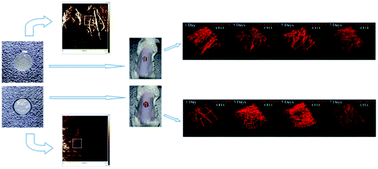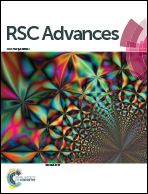Acellular dermal matrix from one-day-old mouse skin on adult scarless cutaneous wound repair by second harmonic generation microscopic imaging
Abstract
In fetal skin, there is a process of scarless repair that does not exist in adults. The characteristics of the fetal skin extracellular matrix (ECM) are presumed to play a pivotal role for this scarless wound healing. The use of an acellular dermal matrix (ADM) with certain specific characteristics of the skin ECM thus is implied to have impact on skin repair and regeneration and the alteration of ADM properties may allow for the development of an effective intervention for scarless wound healing. In this study, two types of ADM from skin ECM were adopted to explore the potential to achieve scarless wound healing in adult mice. We transplanted this matrix onto the 10-week-old full-thickness cutaneous wound mice model. The ADM derived from the ECM of 1-day-old mouse skin (ADM-1D) was chosen to approximate certain characteristics of fetal skin while the ADM from the ECM of 20-week-old mouse skin (ADM-20W) provided a control with characteristics of mature skin. Second-harmonic generation (SHG) microscopic imaging was performed to dynamically demonstrate the collagen reconstruction process in the new born dermis during primary wound healing. The outcome of healing on day 21 was evaluated. Compared to ADM-20W, ADM-1D provided a more favorable influence on the re-establishment of the epidermis as well as collagen density, orientation and stiffness in the new born dermis, to a degree approaching normal uninjured adult dermal tissue. A remarkable difference in biomechanical stiffness is present between ADM-1D and ADM-20W, which might be one of the crucial determinants for potential adult scarless wound healing.


 Please wait while we load your content...
Please wait while we load your content...